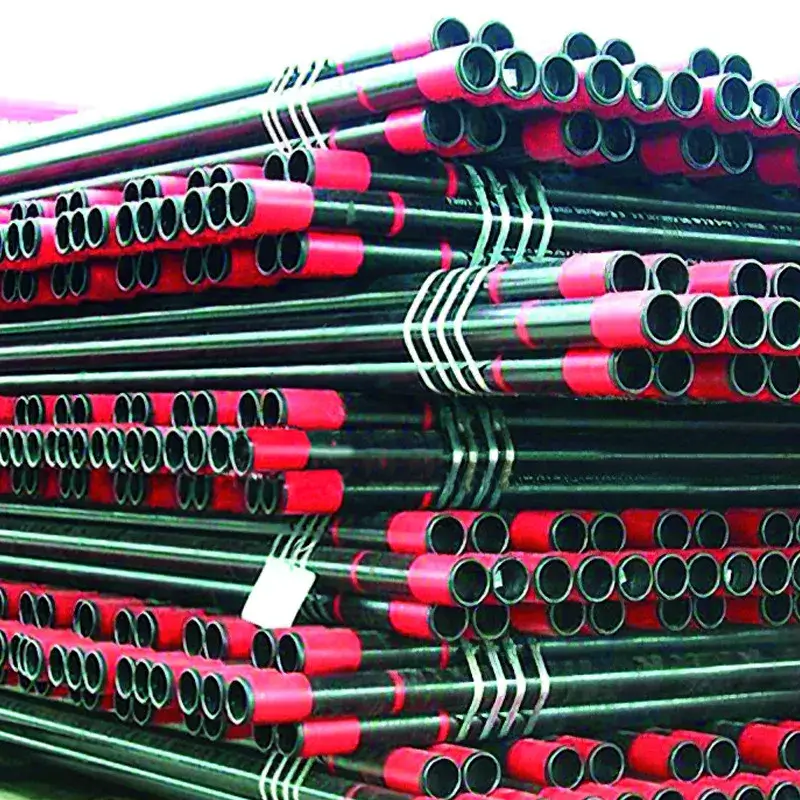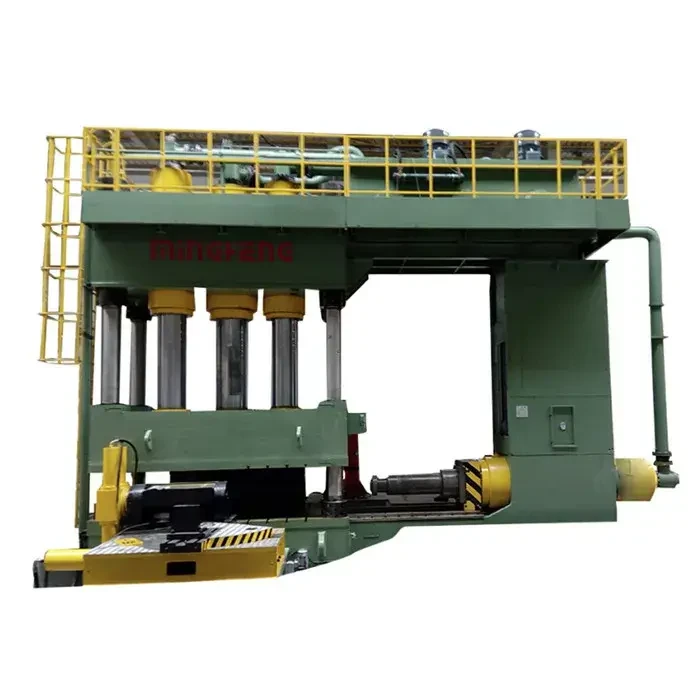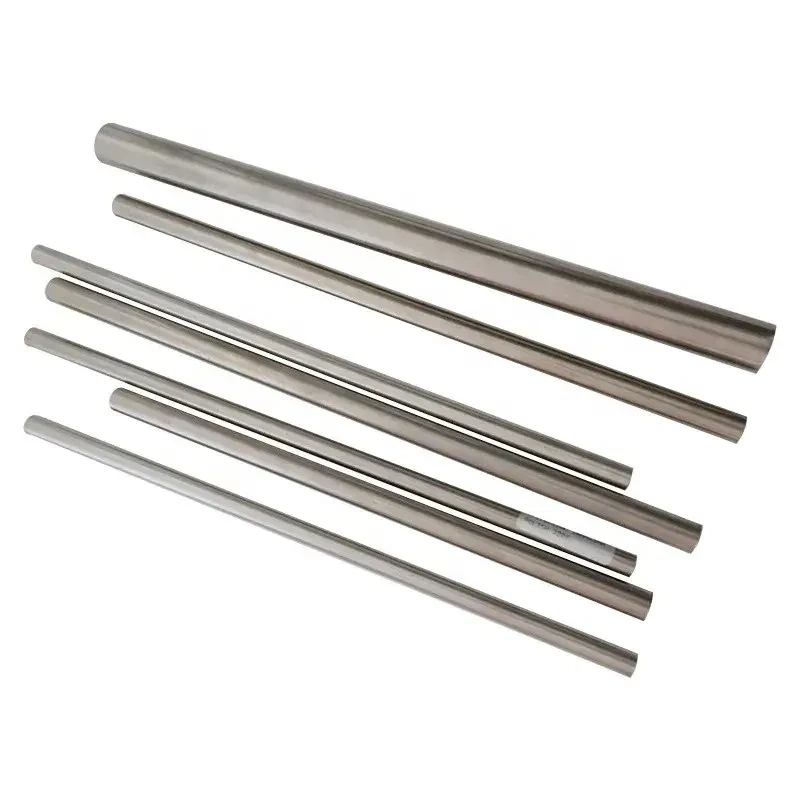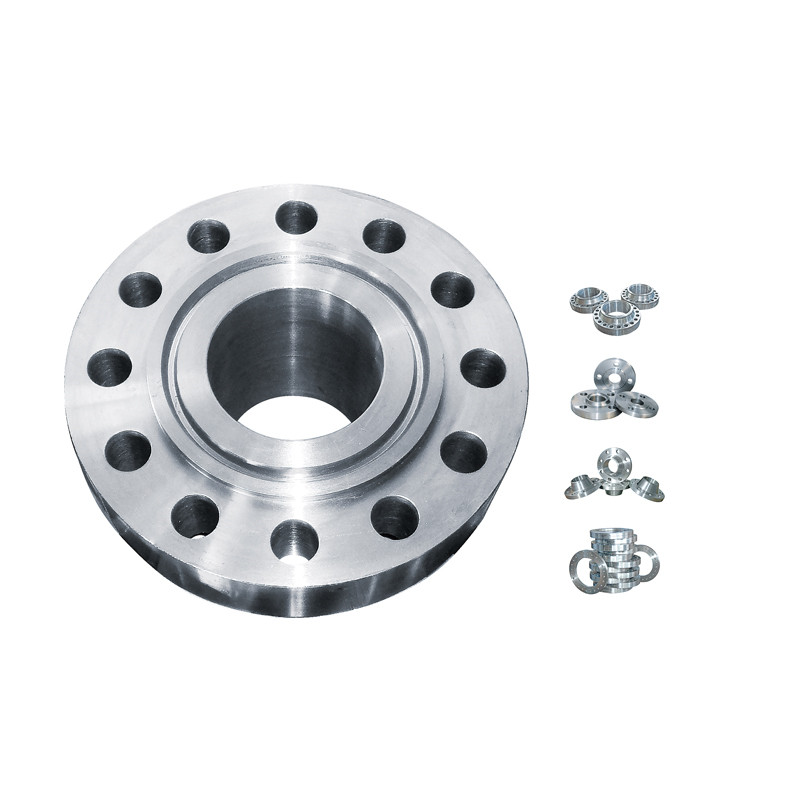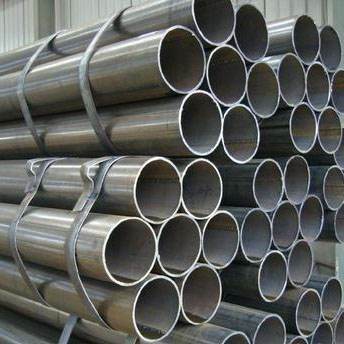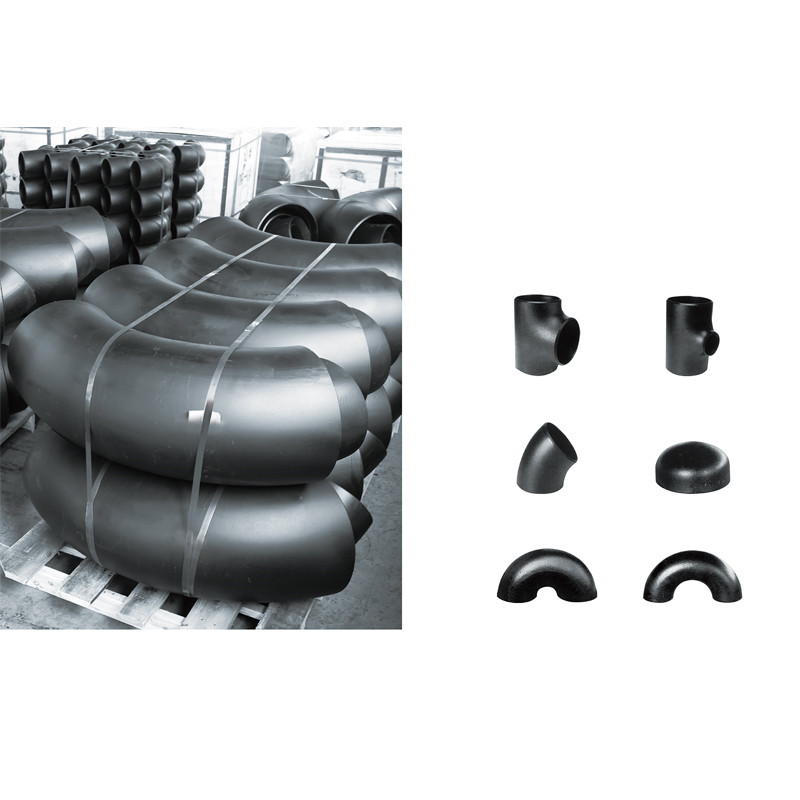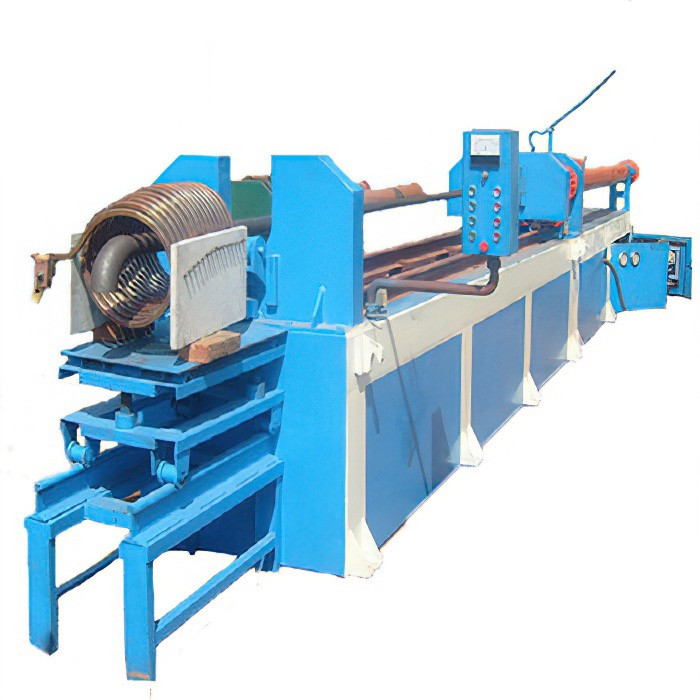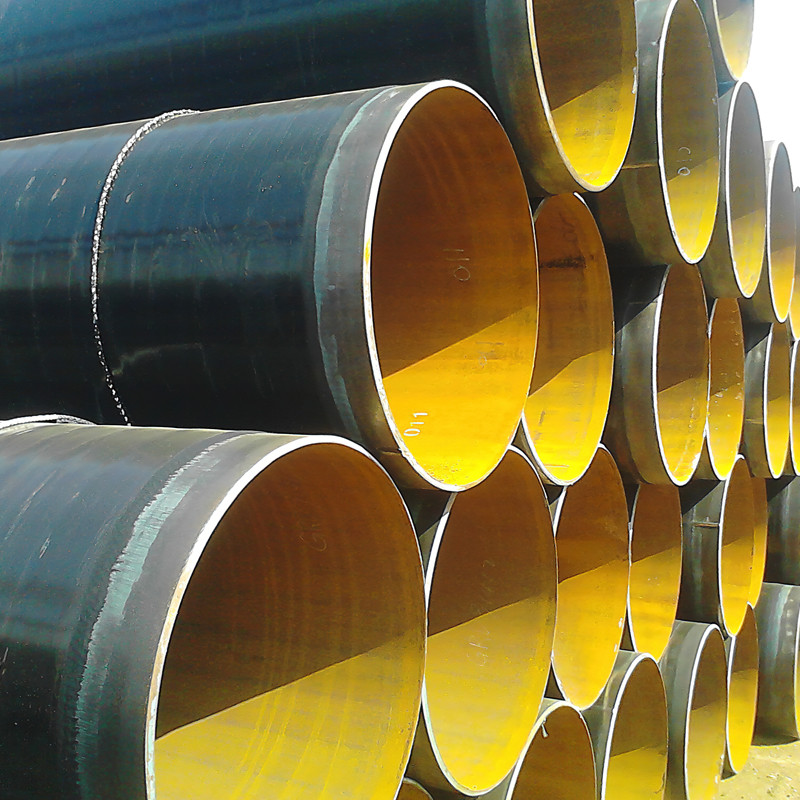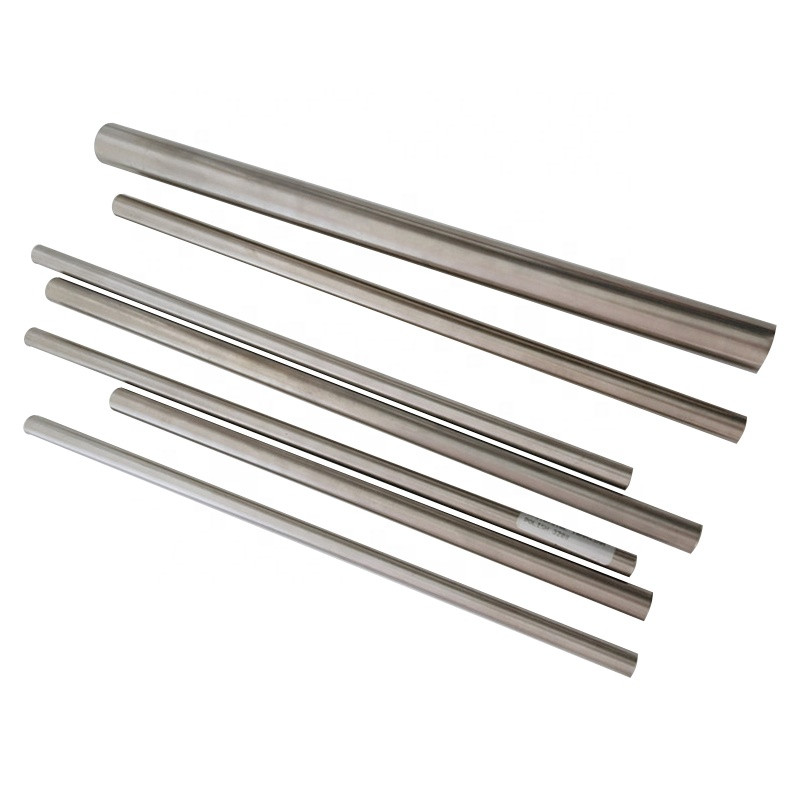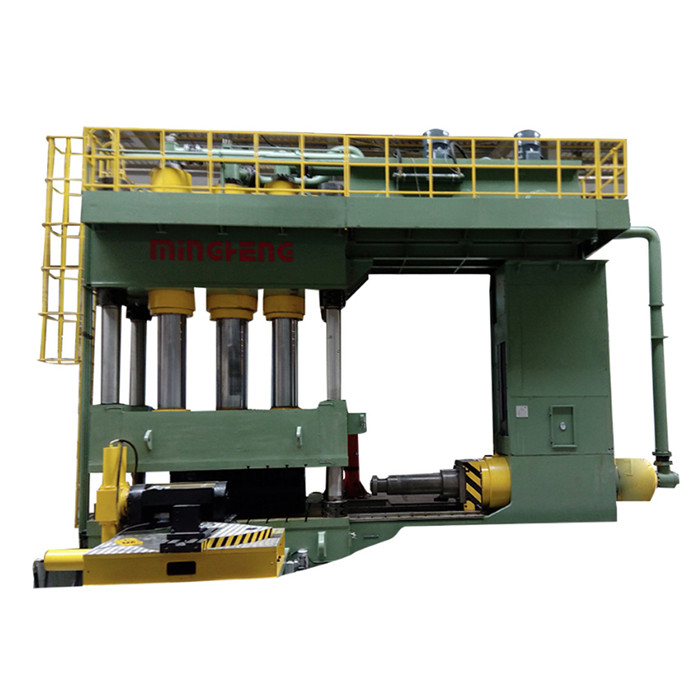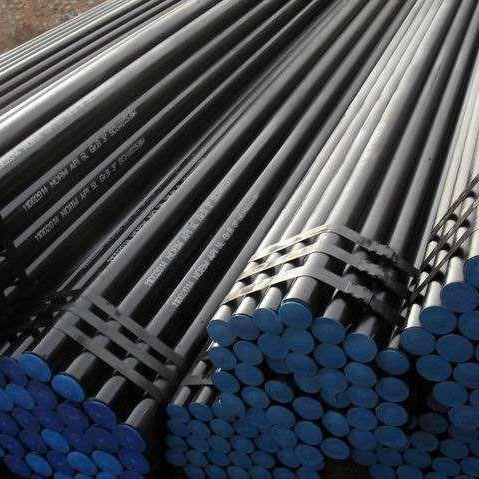The Crucial Role of Heat Exchanger Tubes in Industrial Efficiency
In the demanding landscape of modern industry, efficient heat transfer is not merely a convenience but a critical determinant of operational efficacy, energy consumption, and environmental impact. At the core of this vital process lies the heat exchanger tube, an indispensable component facilitating the transfer of thermal energy between two or more fluids. These specialized tubes are engineered to withstand extreme temperatures, pressures, and corrosive environments, making them essential across a vast array of sectors from petrochemical and power generation to HVAC and food processing. Their design and material selection directly influence the overall performance and longevity of heat exchangers, driving innovation in areas like enhanced heat transfer surfaces and advanced material alloys. Understanding the intricate details of their manufacturing, technical specifications, and application benefits is paramount for B2B decision-makers and technical procurement specialists aiming to optimize their systems for unparalleled performance and sustainability.
The demand for robust and highly efficient heat transfer solutions continues to grow, fueled by global initiatives towards energy conservation and stricter environmental regulations. This trend necessitates the development of advanced heat exchanger tube technologies that offer superior thermal conductivity, exceptional corrosion resistance, and extended service life. Innovations in tube geometries, such as those found in various types of finned tube, and the advent of specialized alloys like those used in sa179 tubes, are continuously pushing the boundaries of what is achievable in heat exchange. Industries are increasingly seeking custom-engineered solutions that can address specific operational challenges, from minimizing fouling to maximizing heat recovery in waste heat applications. This holistic approach ensures that every aspect of the tube’s design, from its initial material selection to its final surface finish, contributes to overall system optimization.
Manufacturing Precision: The Journey of a Heat Exchanger Tube
The production of a high-quality heat exchanger tube is a testament to precision engineering and metallurgical expertise, involving a series of meticulously controlled processes to ensure optimal performance and reliability. The journey begins with the selection of premium raw materials, typically in the form of billets or seamless pipes, ranging from carbon steel (e.g., SA179) and stainless steel (e.g., 304/316L) to various alloy steels (e.g., SA213 T11/T22) and non-ferrous alloys like copper-nickel. A common primary forming process for seamless tubes is cold drawing or cold pilgering, which reduces the tube's diameter and wall thickness while significantly improving its mechanical properties and surface finish. This cold working introduces residual stresses that are then relieved through precise heat treatment, such as annealing, which restores ductility and ensures the material meets specific hardness and microstructure requirements.
Following the primary forming and heat treatment, the tubes undergo various finishing operations including straightening, cutting to precise lengths, and deburring. Critical to ensuring product integrity are rigorous inspection and testing protocols. These include non-destructive testing (NDT) methods like eddy current testing and ultrasonic testing to detect internal and external flaws, hydrostatic testing to verify pressure integrity, and dimensional checks to ensure strict adherence to specifications (e.g., ASME, ASTM, EN, ISO, ANSI standards). For specialized tubes like longitudinal finned tube, additional processes are incorporated to weld or extrude fins onto the tube surface, significantly increasing the heat transfer area. This meticulous manufacturing flow ensures that each heat exchanger tube exhibits exceptional corrosion resistance and mechanical strength, contributing to extended service life and superior energy efficiency in petrochemical, power generation, metallurgy, and water treatment applications.

Key Technical Parameters & Specifications
Selecting the appropriate heat exchanger tube involves a detailed analysis of its technical parameters, which dictate its suitability for specific operational conditions and performance requirements. These parameters encompass material grade, dimensional tolerances, mechanical properties, and surface finish. For instance, in low-pressure applications, carbon steel tubes like those conforming to ASTM A179 (sa179 tubes) are widely used due to their excellent thermal conductivity and cost-effectiveness. Conversely, for high-temperature and corrosive environments, austenitic stainless steels (e.g., ASTM A213 TP304/316) or duplex stainless steels are preferred due to their superior resistance to oxidation and stress corrosion cracking.
The overall heat transfer efficiency can be significantly enhanced by utilizing tubes with extended surfaces, such as the finned tube. These come in various configurations, including integral fins, extruded fins, and particularly effective in certain applications, the longitudinal finned tube, which increases the surface area exposed to the fluid, thereby boosting thermal performance. Below is a table summarizing typical parameters for various heat exchanger tube types, providing a quick reference for engineers and procurement managers.
| Parameter | Carbon Steel (e.g., SA179) | Stainless Steel (e.g., TP304/316) | Alloy Steel (e.g., T11/T22) | Copper Nickel (e.g., C70600) |
|---|---|---|---|---|
| Material Standards | ASTM A179, A192 | ASTM A213, A269, A312 | ASTM A213 | ASTM B111, B359 |
| Outer Diameter (OD) Range | 6.35 mm - 168.3 mm | 6.35 mm - 219.1 mm | 12.7 mm - 168.3 mm | 9.52 mm - 101.6 mm |
| Wall Thickness (WT) Range | 0.9 mm - 15.88 mm | 0.7 mm - 12.7 mm | 1.24 mm - 10.97 mm | 0.89 mm - 3.4 mm |
| Tensile Strength (Min) | 325 MPa (47 ksi) | 515 MPa (75 ksi) | 415 MPa (60 ksi) | 275 MPa (40 ksi) |
| Yield Strength (Min) | 180 MPa (26 ksi) | 205 MPa (30 ksi) | 205 MPa (30 ksi) | 105 MPa (15 ksi) |
| Heat Treatment | Normalized/Annealed | Solution Annealed | Normalized & Tempered | Annealed |
Versatile Applications & Real-World Impact
The adaptability and robust performance of the heat exchanger tube allow it to serve as the backbone of thermal management systems across a diverse range of critical industries. In petrochemical plants, these tubes are indispensable for crude oil refining, gas processing, and chemical synthesis, handling highly corrosive and high-temperature fluids to ensure process efficiency and safety. Power generation facilities, whether fossil fuel, nuclear, or renewable (e.g., geothermal), rely on them for condensers, evaporators, and boiler applications, facilitating the conversion of thermal energy into electrical power with minimal loss.
Furthermore, the maritime industry utilizes heat exchanger tube for cooling engine systems and desalinating seawater, where resistance to saltwater corrosion is paramount. In the HVAC and refrigeration sectors, these tubes are vital for air conditioning units and chillers, providing comfortable environments efficiently. Even in specialized applications like the tube and tube heat exchanger configuration, which is often used for high-pressure or high-temperature processes, the core functionality hinges on the integrity and performance of the internal tubing. Our extensive experience includes supplying custom tubing for large-scale industrial projects, such as a recent order for a new liquefied natural gas (LNG) terminal, where the specified sa179 tubes were critical for pre-heating and vaporization processes, demonstrating the practical application of our products in demanding environments. This broad applicability underscores the essential role these components play in maintaining operational continuity and optimizing energy use.

Unmatched Technical Advantages & Custom Solutions
The distinct technical advantages of our heat exchanger tube offerings stem from a combination of superior material science, advanced manufacturing processes, and rigorous quality control. Our tubes are designed to deliver exceptional heat transfer efficiency, ensuring that minimal energy is wasted during thermal exchange, leading to significant operational cost savings. Through precise control over surface finish and internal cleanliness, we minimize fouling, a common issue that degrades performance over time, thereby extending the maintenance cycles and improving long-term reliability.
Furthermore, our expertise extends to providing highly customized solutions tailored to unique project requirements. This includes specifying exotic alloys for extreme corrosive environments, designing intricate finned tube geometries (such as longitudinal finned tube) for enhanced surface area, and fabricating tubes with specialized surface treatments to improve heat transfer coefficients or reduce friction. Whether your application demands a standard configuration or a highly specialized tube and tube heat exchanger component, our technical team collaborates closely with clients to develop solutions that precisely meet performance criteria, regulatory compliance (e.g., PED, AD2000), and budget constraints. This bespoke approach ensures optimal fit and maximum return on investment for your thermal management systems.
Partnering for Reliability: Our Commitment to Quality & Service
Choosing the right supplier for heat exchanger tube is critical for ensuring the longevity and efficiency of your industrial operations. Our company stands as a testament to unparalleled quality, reliability, and technical support in the global steel material market. With over two decades of experience, we have consistently delivered products that not only meet but often exceed international standards such as ISO 9001 and various ASTM/ASME specifications. Our commitment to quality is underpinned by a comprehensive quality management system, including third-party inspections and material traceability from melt to finished product.
We pride ourselves on our proactive customer support, offering technical consultation from the initial design phase through to post-installation service. Our established global supply chain ensures efficient delivery timelines, typically ranging from 4 to 8 weeks for standard products, with expedited options available for urgent requirements. Each heat exchanger tube comes with a standard 12-month warranty against manufacturing defects, underscoring our confidence in the durability and performance of our products. Our long-standing relationships with leading petrochemical companies and power plant operators globally speak volumes about our trustworthiness and consistent ability to provide high-performance, custom-engineered solutions that stand the test of time and demanding operational environments.
Frequently Asked Questions (FAQ) about Heat Exchanger Tubes
-
Q1: What factors should I consider when selecting the material for a heat exchanger tube?
A1: Material selection depends on the operating temperature, pressure, corrosive nature of the fluids, and desired service life. Common materials include carbon steel (for general use, like sa179 tubes), stainless steel (for corrosion resistance), alloy steels (for high temperatures/pressures), and copper-nickel alloys (for saltwater applications). Specific fluid properties and potential for fouling are also critical considerations. -
Q2: How do finned tubes enhance heat transfer?
A2: Finned tube designs, including longitudinal finned tube, significantly increase the outer surface area of the tube, allowing for more efficient heat exchange between the tube wall and the external fluid. This is particularly beneficial when the heat transfer coefficient of the external fluid is significantly lower than that of the internal fluid. -
Q3: What are the typical lead times for heat exchanger tube orders?
A3: Lead times vary based on material availability, order quantity, and complexity of customization. For standard heat exchanger tube products, typical lead times range from 4 to 8 weeks. Specialized materials or custom designs may require longer, but we strive for efficient production and delivery schedules. -
Q4: What quality control measures are in place for your heat exchanger tubes?
A4: We adhere to stringent international quality standards (e.g., ISO 9001). Our tubes undergo comprehensive testing, including non-destructive tests (eddy current, ultrasonic), hydrostatic tests, mechanical property tests (tensile, hardness), dimensional checks, and visual inspections, ensuring every heat exchanger tube meets precise specifications.
Conclusion
The continuous advancement in heat exchanger tube technology is pivotal for enhancing energy efficiency and sustainability across diverse industrial sectors. From material innovation to sophisticated manufacturing and rigorous quality assurance, every aspect of these critical components is engineered to deliver peak performance under the most challenging conditions. By understanding the intricate technical parameters, application versatility, and the importance of partnering with an experienced and reliable supplier, B2B decision-makers can ensure their thermal management systems operate at optimal efficiency, driving down operational costs and fostering environmental responsibility. Our commitment to delivering high-quality, customized heat exchanger tube solutions positions us as a trusted partner in achieving your operational excellence goals.
Authoritative References
- Incropera, F. P., DeWitt, D. P., Bergman, T. L., & Lavine, A. S. (2007). Fundamentals of Heat and Mass Transfer (6th ed.). John Wiley & Sons.
- Shah, R. K., & Sekulic, D. P. (2003). Fundamentals of Heat Exchanger Design. John Wiley & Sons.
- American Society of Mechanical Engineers (ASME) Boiler and Pressure Vessel Code, Section II, Materials.
- American Society for Testing and Materials (ASTM) International Standards for Metallic Materials.
Post time: Aug . 15, 2025 04:40



